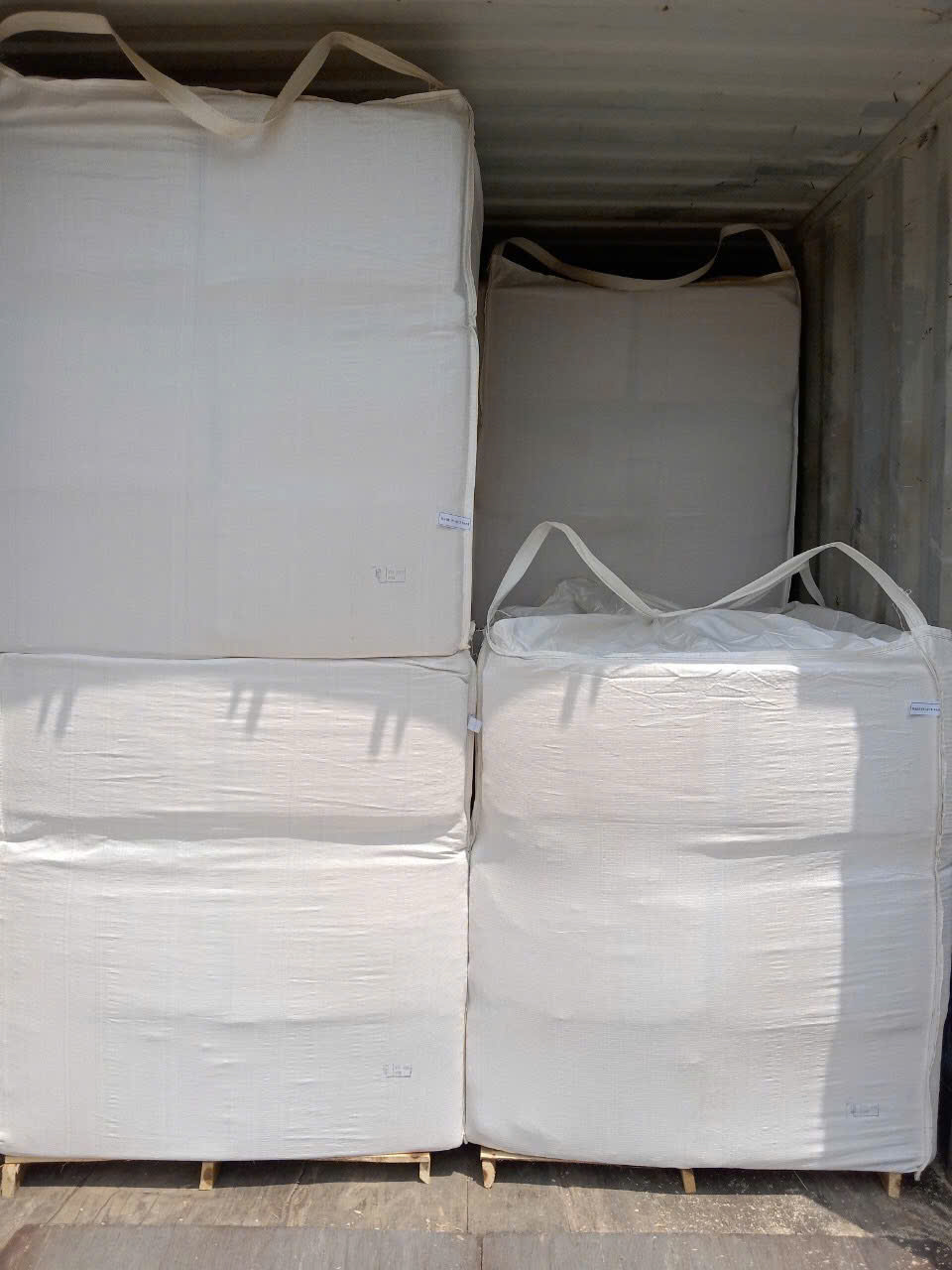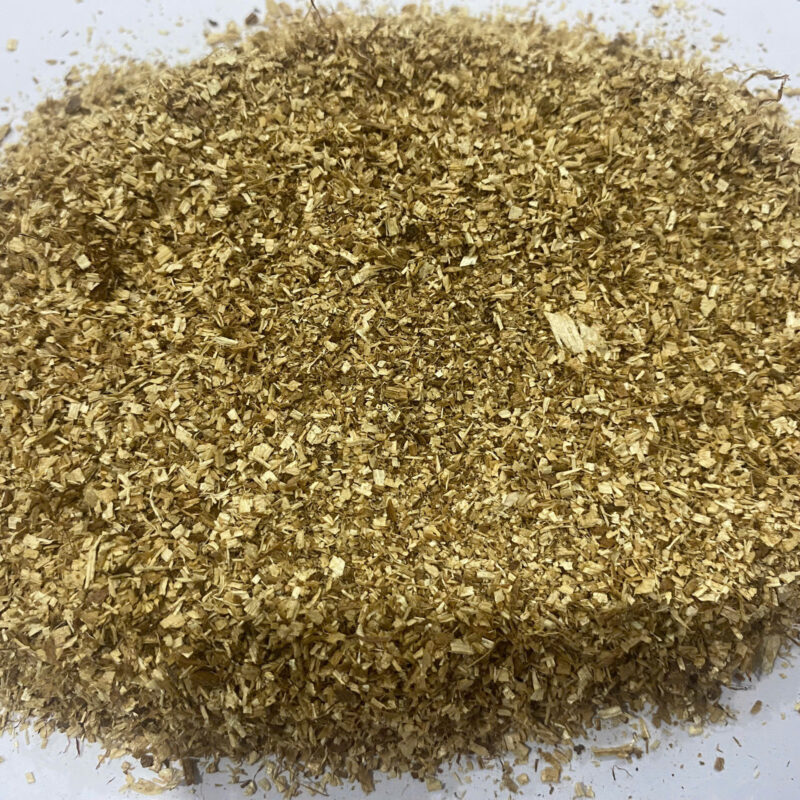Acacia CD Sawdust, a by-product derived from Acacia wood, has gained significant attention in various industries. Vietnam, with its rich forestry resources and well-established wood processing industry, has become a notable supplier of Acacia CD Sawdust. This product, known for its versatility and high quality, serves as an essential raw material for several applications, ranging from animal bedding to biofuel production.

What is Acacia CD Sawdust?
Acacia CD Sawdust is produced during the processing of Acacia wood, a fast-growing species commonly found in Vietnam. The ‘CD’ grade refers to sawdust that meets specific quality standards, ensuring that it is clean, dry, and free from contaminants such as bark or large wood chips. The uniformity of the sawdust makes it ideal for a wide variety of uses.
Key Characteristics of Acacia CD Sawdust
Clean and Consistent Quality: Acacia CD Sawdust is screened to remove impurities, resulting in a cleaner product that is easier to handle. The consistency in size and moisture content ensures that it performs reliably across different applications.
Low Moisture Content: The sawdust is typically dried to a low moisture content, which reduces the risk of mold or fungal growth. This makes it particularly suitable for uses in industries where hygiene and cleanliness are critical.
Eco-Friendly: As a by-product of Acacia wood processing, Acacia CD Sawdust contributes to waste reduction in the forestry industry. Its eco-friendly nature makes it a preferred choice for companies looking to adopt sustainable practices.
Applications of Acacia CD Sawdust
Animal Bedding: Acacia CD Sawdust is commonly used as bedding material for pets and livestock due to its softness and high absorbency. It provides comfort and cleanliness for animals, while its ability to absorb moisture and odors helps maintain a hygienic environment.
Biofuel Production: One of the most prominent uses of Acacia CD Sawdust is in the production of biofuel, particularly wood pellets. The sawdust can be compressed into pellets that serve as a renewable and eco-friendly alternative to traditional fossil fuels. These pellets are in high demand for heating and energy production, especially in countries that prioritize sustainability.
Composting: Acacia CD Sawdust is often added to compost piles due to its carbon-rich nature. It helps balance the nitrogen levels in compost, improving the decomposition process and resulting in nutrient-rich compost for agricultural use.
Industrial Absorbent: In some industrial applications, Acacia CD Sawdust is used as an absorbent material for spills, particularly for oils and chemicals. Its fine texture and high absorbency make it effective for cleaning up and containing liquid spills.
Why Choose Acacia CD Sawdust from Vietnam?
Vietnam is one of the world’s largest producers and exporters of Acacia wood, making it a reliable source for high-quality Acacia CD Sawdust. The country’s well-regulated forestry practices ensure that the wood is sustainably harvested, while advancements in wood processing technology have led to improved sawdust quality.
Vietnamese suppliers offer competitive pricing for Acacia CD Sawdust due to the abundance of Acacia plantations and an efficient supply chain. Additionally, many suppliers in Vietnam are equipped to meet international quality standards, providing assurance to global buyers that the product is consistent and reliable.
Acacia sawdust is more than just a byproduct of wood processing; it is a versatile material with a range of innovative applications. From eco-friendly products to advanced industrial solutions, Acacia sawdust is being utilized in creative and beneficial ways across various sectors. This article explores some of the most innovative Acacia sawdust products and highlights their benefits, showcasing how this natural resource is making a positive impact.

The Versatility of Acacia Sawdust
Acacia sawdust is prized for its fine texture, absorbency, and eco-friendly characteristics. These properties make it suitable for a diverse array of applications. Here are some of the most innovative uses of Acacia sawdust:
1. Eco-Friendly Packaging Materials
Acacia sawdust is being used to develop sustainable packaging materials. Its natural properties make it an excellent alternative to traditional plastic packaging. By using Acacia sawdust, companies can create biodegradable and compostable packaging solutions that reduce environmental impact. These materials are not only environmentally friendly but also offer comparable performance to conventional packaging options.
Benefits:
Sustainability: Reduces reliance on plastic and supports a circular economy.
Decomposition: Breaks down naturally, minimizing landfill waste.
Cost-Effective: Provides an affordable alternative to traditional packaging materials.
2. Biodegradable Construction Materials
In the construction industry, Acacia sawdust is being incorporated into biodegradable construction materials. This includes products such as composite boards and insulation materials. These innovations contribute to more sustainable building practices by utilizing waste materials and reducing the environmental footprint of construction activities.
Benefits:
Environmental Impact: Decreases reliance on non-renewable resources and reduces waste.
Insulation: Provides effective thermal insulation properties.
Resource Efficiency: Utilizes sawdust that might otherwise be discarded.
3. Pet Bedding and Animal Care Products
One of the most common applications of Acacia sawdust is in pet bedding and animal care products. Its absorbency, softness, and low dust content make it an ideal choice for creating comfortable and hygienic bedding for pets. Acacia sawdust is used in various forms, including bedding for small mammals, reptiles, and livestock.
Benefits:
Comfort: Provides a soft and comfortable environment for pets.
Absorbency: Controls moisture and odors effectively.
Hygiene: Reduces the risk of respiratory issues due to low dust content.
4. Composting and Soil Enrichment
Acacia sawdust is a valuable addition to composting and soil enrichment processes. When added to compost piles, it helps balance the carbon-to-nitrogen ratio, promoting healthy microbial activity and accelerating decomposition. Additionally, Acacia sawdust can be used as a soil amendment to improve soil structure and water retention.
Benefits:
Soil Health: Enhances soil fertility and structure.
Composting Efficiency: Accelerates the decomposition process.
Sustainability: Utilizes waste material to improve agricultural practices.
5. Biofuel Production
Acacia sawdust can be processed into biofuels, such as pellets or briquettes, providing a renewable energy source. The energy density of Acacia sawdust makes it a viable option for biofuel production, contributing to sustainable energy solutions and reducing dependence on fossil fuels.
Benefits:
Renewable Energy: Offers a sustainable alternative to fossil fuels.
Energy Efficiency: Provides a high energy density for efficient combustion.
Environmental Impact: Reduces greenhouse gas emissions and supports cleaner energy production.
Advantages of Using Acacia Sawdust Products
Sustainability
The use of Acacia sawdust in innovative products supports sustainable practices by reducing waste and utilizing renewable resources. By incorporating sawdust into various applications, industries can contribute to environmental conservation and promote a circular economy.
Cost-Effectiveness
Acacia sawdust is often a cost-effective material compared to traditional options. Its availability and affordability make it an attractive choice for manufacturers looking to create high-quality products at lower costs.
Versatility
The adaptability of Acacia sawdust allows for its use in a wide range of applications, from packaging and construction to pet care and biofuels. This versatility makes it a valuable resource across different industries.
Environmental Benefits
Products made from Acacia sawdust offer numerous environmental benefits, including reduced waste, lower carbon footprints, and improved resource efficiency. These advantages contribute to more sustainable practices and support eco-friendly initiatives.












Reviews
There are no reviews yet.